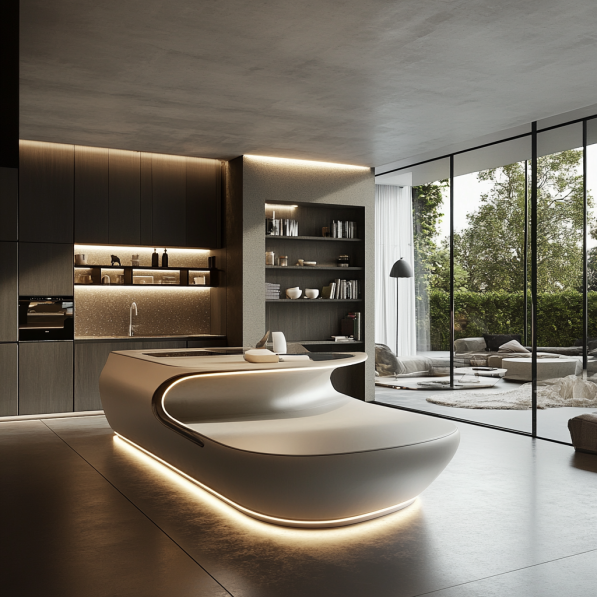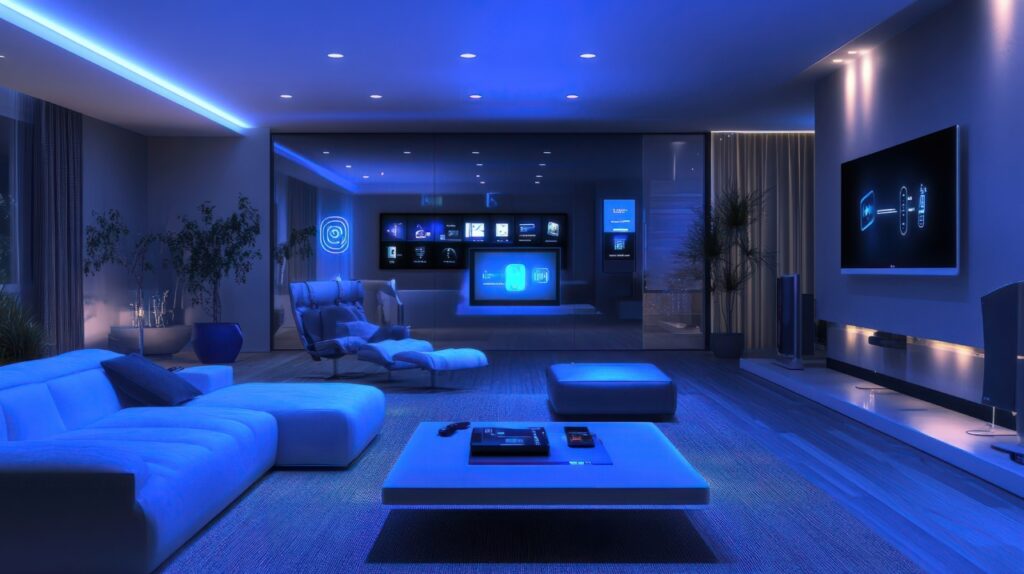When my friend Sarah first mentioned hiring professional home addition design and build services that used AI-powered planning tools, I was skeptical. Another tech gimmick, I thought. But watching her home transform into a responsive, intelligent living space changed everything I thought I knew about modern architecture.
The Tech Behind the Transform
The process started with LiDAR scanning – the same technology used in self-driving cars. The design team created a precise 3D model of Sarah’s existing home, complete with heat mapping that showed traffic patterns and usage data. “We’re not just building walls anymore,” explained lead architect Marcus Chen. “We’re creating responsive environments that adapt to how people actually live.”

AI-Driven Design Revolution
The breakthrough came when the AI analysis identified patterns we’d never noticed. It showed how Sarah’s kids naturally gravitated toward specific light patterns throughout the day, how acoustic patterns affected concentration in different areas, and even predicted future space needs based on the family’s growth patterns.
Smart Integration from Ground Up
What sets modern design-build projects apart is the integration of technology from the planning stage. Sarah’s new kitchen isn’t just bigger – it’s smarter. Motion sensors adjust lighting based on time of day and activity. The homework area uses dynamic sound dampening that activates when noise levels rise above optimal study conditions. Even the windows automatically adjust their tint based on sunlight intensity.
The Interface Revolution
The most impressive part? You’d never know you’re living in a tech-heavy space. “That’s the goal,” says home automation specialist Lisa Patel. “The best technology disappears into the background while making life seamlessly better.” No visible control panels or complicated interfaces – just intuitive spaces that respond to natural behaviors.
Data-Driven Decisions
Every design choice was backed by data. The AI system analyzed thousands of similar home renovations, considering factors like:
-
Natural light optimization
-
Acoustic performance
-
Traffic flow patterns
-
Energy efficiency metrics
-
Future adaptability needs
Sustainable by Design
The system didn’t just plan for today – it anticipated tomorrow. Solar exposure modeling helped position windows for optimal natural heating and cooling. Smart materials that adapt to temperature changes were integrated into the structure, reducing energy needs by 40%.
The Human Element
Despite all the technology, the end result feels surprisingly human. The AI might have suggested the perfect spot for the reading nook based on light analysis, but it’s the kids who proved its worth by naturally gravitating there every afternoon. The smart kitchen island might adjust its height automatically, but it’s the family conversations happening around it that matter.
Looking Forward
Sarah’s renovation has become a case study in how technology can enhance rather than replace human-centered design. The expert home addition design wasn’t just about adding square footage – it was about creating a living space that grows and adapts with its inhabitants.
As I write this from my own decidedly not-smart home office, I can’t help but wonder about the possibilities. Perhaps the future of home design isn’t just about bigger spaces, but smarter ones that truly understand and support the way we live.

Amanda Lancaster is a PR manager who works with 1resumewritingservice. She is also known as a content creator. Amanda has been providing resume writing services since 2014.




![‘Jay Kelly’ Review – Noah Baumbach Makes A Case For The Magic Of Movie Stardom [NYFF 2025] ‘Jay Kelly’ Review – Noah Baumbach Makes A Case For The Magic Of Movie Stardom [NYFF 2025]](https://cdn.geekvibesnation.com/wp-media-folder-geek-vibes-nation/wp-content/uploads/2025/11/Jay-Kelly-JKELLY_20240523_15320_C2_R-300x180.jpg)

